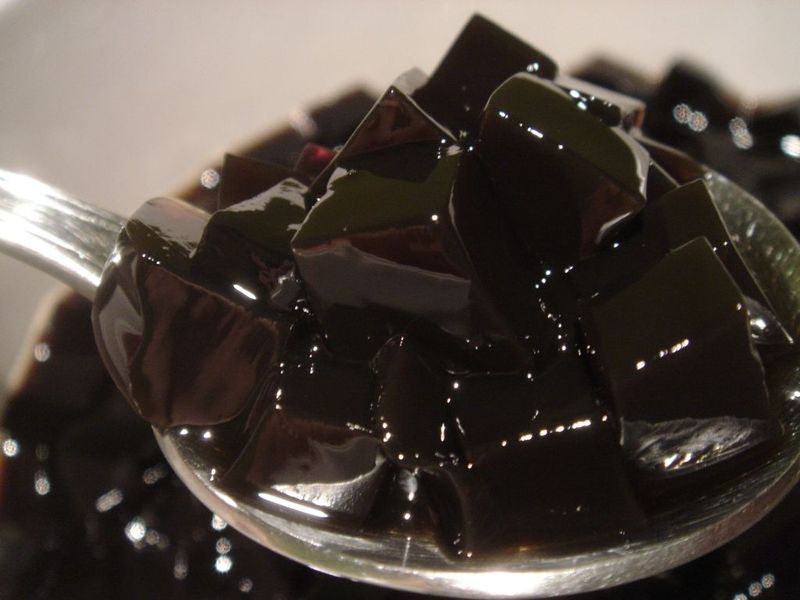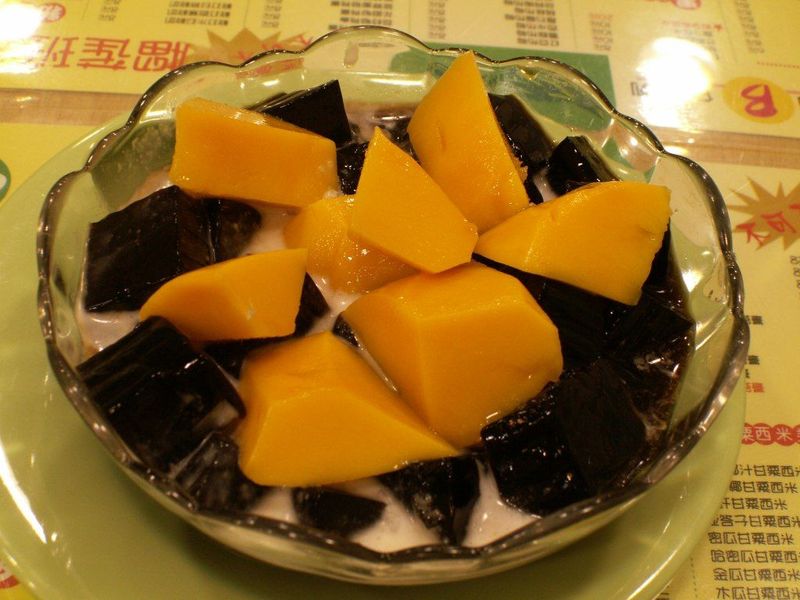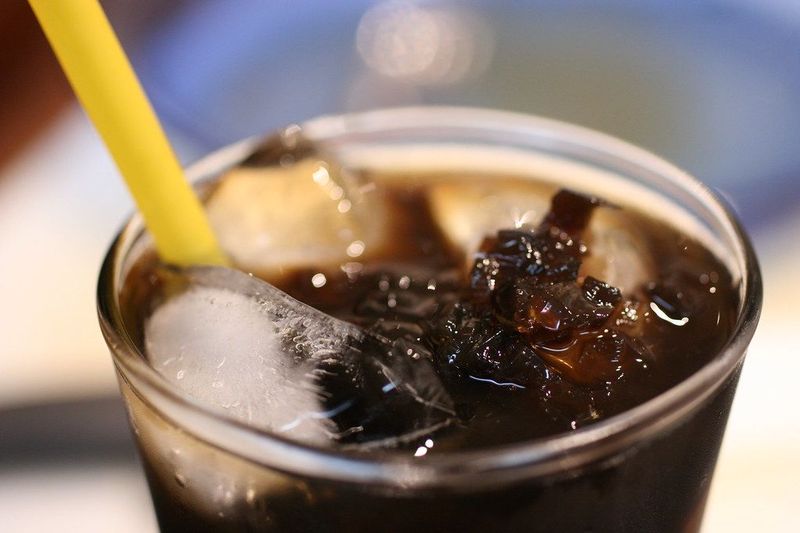icon
password
Multi-select
tags
ID
type
status
slug
summary
category
date
Author
URL
Some well-known brands have opened their stores overseas. For example, you can also eat Shuyi Tealicious in North America.
When it comes to Chinese cuisine, many North Americans will think of all kinds of sweet Cantonese cuisine, such as Coo-lao pork, Zuo Zongtang chicken and so on. Although these sweet Chinese dishes are famous in North America, Chinese food is overshadowed when it comes to real desserts. Not to mention fortune cookies, there is no such thing in China at all.
There is a reason why Chinese desserts are not famous. First of all, there is the problem of sugar. Although there are sugar crops such as sugarcane and sugar beet in China, the distribution is narrow and the yield is not very large. Coupled with the relative backwardness of the sugar industry, white granulated sugar is not a very popular food for a long time in Chinese history. Even today, Chinese pastry makers generally believe that high-quality desserts need imported sugar as raw materials.
On the other hand, it is the problem of milk. The main culture of ancient China was farming culture. Compared with a small number of nomadic peoples in the north, most Chinese had no habit of eating dairy products in history. In fact, even today, the positive proportion of lactose intolerance among Chinese people is quite high. For this reason, Chinese enterprises have even invented “Comfort Milk” without lactose. After the founding of New China, the consumption of milk in China is still much lower than that in western developed countries, and the quality or safety of domestic milk in China is often suspected.
For the above reasons, it can be said that Chinese food culture lacks accumulation in both sugar and milk, and it is normal that it is difficult to produce well-known modern cakes.
However, Chinese people are never short of their own flavor snacks. For example, today we are going to introduce an ancient and fashionable Chinese dessert-Grass Jelly.
What is Grass Jelly?
You can simply think of Grass Jelly as a kind of natural jelly! In China, there is a plant called Mesona Chinensis Benth, which looks like peppermint. It is planted every spring and harvested in autumn. Pingyuan County, Guangdong Province, known as the “hometown of China’s Grass Jelly”, is famous for growing Grass Jelly’s Grass, covering an area of tens of thousands of mu.
In addition to Pingyuan County, Guangxi Province, Grass has three other famous producing areas: Longyan City of Fujian Province, Hsinchu City of Taiwan Province, and Qinzhou City of Guangxi Province. In addition to these well-known producing areas, Grass is widely grown along the southeast coast of China.
You are reading Panda!Yoo
A blog about modern Chinese culture and consumption trends. If you are interested in Chinese food, drinks, games, movies, novels, dramas, please follow us.
Join 1,565 other subscribers
The plant is rich in polysaccharides. After the plant is harvested on the southeast coast of China, it will be dried and dehydrated, and then boiled to refine the gum to make a sticky Grass soup. After adding the right amount of starch to the soup, the Grass soup condenses into a pudding, which is called Grass Jelly. Other seasonings can also be added during the cooking process, so that Grass Jelly can get a different taste.
Chinese people generally believe that the traditional way of eating Grass Jelly comes from the Hakkas People, spread in Guangdong, Fujian and other places, and later spread to Taiwan. But now, in most big cities in China, ordinary people can buy delicious Grass Jelly.

Grass Jelly won’t be a famous dessert if it’s just a bland, tasteless natural jelly. Grass Jelly can be eaten happily with a little more sugar or honey, but modern Chinese choose to make it richer. Nowadays, Grass Jelly is often eaten with milk, condensed milk, Nata de coco, taro balls, Boba (starch dumplings in pearl milk tea), small dumplings, red beans, peanuts, raisins, sweet potatoes and so on.
In China, there is also a kind of food which is very similar to Grass Jelly, called Tortoise Herbal Jelly. But Tortoise Herbal Jelly is not Grass Jelly. First of all, their raw materials are very different, which leads to the price of Tortoise Herbal Jelly is much higher than that of Grass Jelly. Therefore, Tortoise Herbal Jelly is a relatively valuable food. In taste, Tortoise Herbal Jelly is thicker, while Grass Jelly is more smooth. Tortoise Herbal Jelly is bittersweet and has a complex and rich flavor. Grass Jelly is almost pure, delightful sweetness (Grass Jelly is mainly a light botanical fragrance if no sweet seasoning is added).
Business around Grass Jelly.
In addition to being used to make Grass Jelly, Mesona chinensis Benth has also been added to herbal tea as a Chinese herbal medicine. Compared with today’s Grass Jelly, being acquired in bulk by herbal tea companies is the fate of Grass in the past.
Although Grass Jelly is a traditional diet, but in the past this diet is very inconspicuous, like any kind of local food, it is not worth talking about by outsiders. In the hands of the locals, Grass Jelly is cheap food sold in the supermarket, and you can buy a big bag with a little money.
After Grass Jelly is popular all over the country, it is no longer just quick consumption with sugar or honey. Grass Jelly, which begins to add milk, red beans, taro balls and other ingredients, is not only delicious, but also good-looking, and very changeable. As a result, a bowl of prepared Grass Jelly, can be more expensive than a big bag in the supermarket-but it’s still very popular with consumers because it tastes really good.
In recent years, with the re-popularity of milk tea in China, Grass Jelly has also got rid of its traditional position as the main ingredient and become a kind of excipient that has been added to milk tea. Grass milk tea has become a new drink with a combination of strength and strength, which is very popular with young people.
On the other hand, no matter what dish Grass Jelly is used in and what form it becomes, it is still a traditional, national diet. Middle-aged and elderly people in China still like this dessert, especially along the southeast coast. The elderly regard it as a healthy food, the smooth Grass Jelly is used as a summer dessert in summer, and, Grass Jelly can be heated to eat in winter, and its effect has shifted from relieving heat to dispelling cold.

KONICA MINOLTA DIGITAL CAMERA
What makes Grass Jelly popular all over the country is still a relatively modern way to eat it. In recent years, China have added thousands of companies selling Grass Jelly, from a traditional street snack to a new-era Chinese dessert with different ways of eating under different brands. These companies often sell Grass Jelly with materials that are not traditional in China, such as milk, mango, Nata de coco and so on.
And this change has also led to great changes in the Grass industry. Farmers who grow Grass, as well as factories that process Grass Jelly, used to receive orders mainly from local restaurants and local supermarkets. But after Grass Jelly became a popular dessert across the country, there were more and more orders from the Grass Jelly brand, which made local farmers and factories richer.
Where can I eat it?
[sociallocker id=”5614″]
There are so many, Grass Jelly brands in China that it is difficult for us to introduce the best or the most widely distributed to you. Some of these stores you may often see in big cities, such as Meet Fresh, Aniu and Xiancao, Hui Lau Shan and so on. It is worth noting that the enterprises that sell Grass Jelly do not only sell desserts based on Grass Jelly, and even in many cases, their focus is not on Grass Jelly. But this does not affect that you can eat good Grass Jelly in these dessert shops.
Some well-known brands have opened their stores overseas. For example, you can also eat Shuyi Tealicious in North America.

In the above stores, Grass Jelly is mainly eaten by guests as the main ingredient in dessert. In more beverage brands, Grass Jelly can be added as an adjunct to milk tea or other drinks. Grass Jelly can be added to milk tea or coffee in stores such as Hey Tea, Nayuki, Luckin Coffee.
[/sociallocker]
- Author:NotionNext
- URL:https://pandayoo.com/2020/09/26/traditional-and-fashionable-chinese-dessert-grass-jelly
- Copyright:All articles in this blog, except for special statements, adopt BY-NC-SA agreement. Please indicate the source!